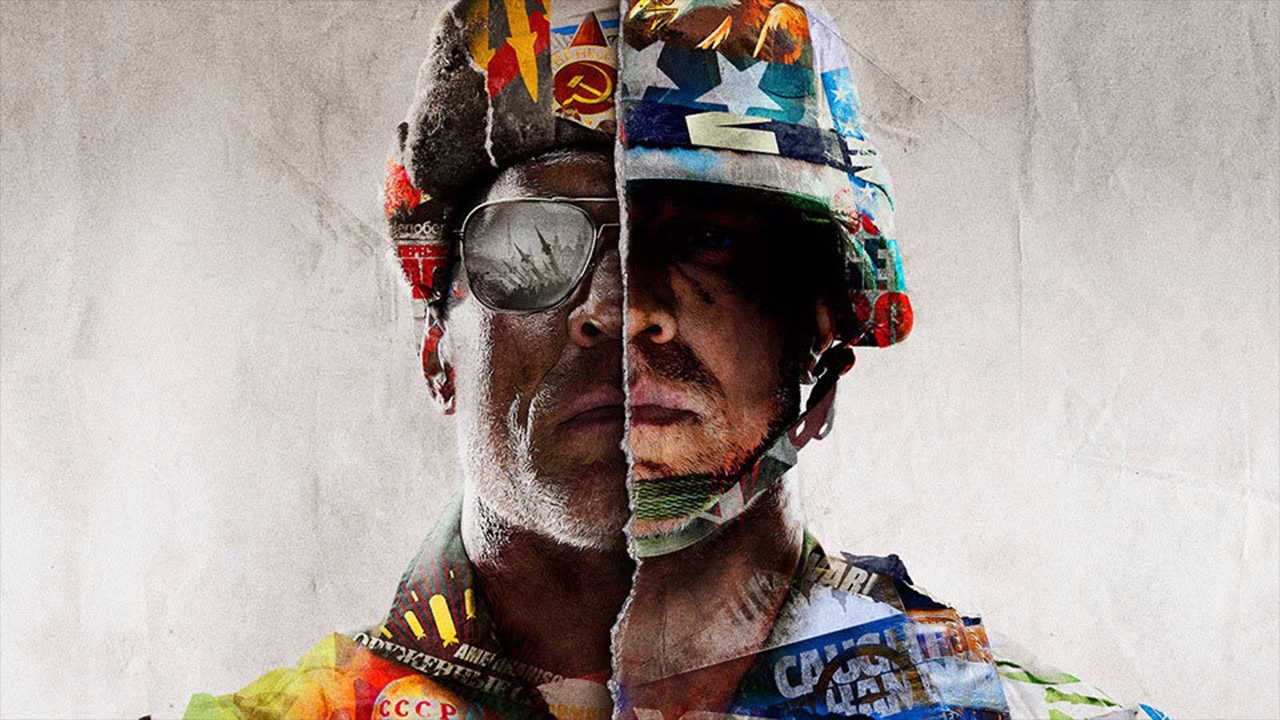WWW.IGN.COM
Call of Dutys Astronomical Development Budgets Revealed Activision Pumped $700 Million Into Black Ops Cold War Alone
The astronomical development budgets of the Call of Duty games were revealed for the first time after a court document confirmed Activision pumped $700 million into Black Ops Cold War alone.First reported by Game File, a court filing submitted by publisher Activision as part of a lawsuit regarding the 2022 school shooting at Robb Elementary in Uvalde, Texas, included official word on the development budgets of 2015s Black Ops 3, 2019s Modern Warfare, and 2020s Black Ops Cold War.The court filing also includes updated sales figures for each game, showing the huge revenue Call of Duty brings in through sales alone and before its post-launch monetization.First, some caveats. The figures detailed below include pre and post-launch development. That is, the cost to develop each game for launch, then the subsequent post-launch development costs associated with feeding the ongoing live service, meaning the development lifecycle of the game.Call of Duty games offer a range of free content following release, including new maps, new weapons, and new cosmetics for use across Multiplayer and Zombies. Activision monetizes Call of Duty post-launch by selling battle passes, store bundles, and, most recently with Black Ops 6, premium event passes, released in the traditional live service seasonal model in the year each game has to itself before the next Call of Duty comes around.The development of this relentless conveyor belt of content, which often includes high-profile crossovers with popular intellectual property such as Warhammer 40,000 and Squid Game, does not come cheap.Now, onto the figures themselves:Black Ops 3 (2015): $450 million in development costs across the games lifecycle, 43 million copies soldModern Warfare (2019): $640 million in development costs across the games lifecycle, 41 million copies soldBlack Ops Cold War (2020): $700 million in development costs over the games life cycle, 30 million copies soldTo provide context, Naughty Dogs The Last of Us 2 cost around $220 million, Guerrillas Horizon Forbidden West cost $212 million, and Insomniacs Spider-Man 2 cost $300 million to develop. However, these games are not live services, and so post-launch development costs are not necessarily related to the figures as they are with Call of Duty.As Game File noted, these development costs do not include marketing spend, which for Call of Duty will be significant. So the true cost of bringing Call of Duty to market and operating it as a live service will be even higher.While ever increasing triple-A development budgets are a hot topic within the industry, and have caused some experts to question the viability of these sorts of games, Call of Duty operates on a different level to most of its peers. Black Ops Cold Wars 30 million copies sold will in of itself have generated well over $1 billion in revenue for Activision, then theres the live service revenue generated by the game during the 12 months before 2021s Call of Duty: Vanguard launched. Even with $700 million spent on development and more on marketing, Black Ops Cold War will have been hugely profitable for Activision. You can see why Microsoft forked out $69 billion to buy the company.Every Video Game Franchise Xbox Owns After Acquiring Activision BlizzardIGN's Twenty Questions - Guess the game!IGN's Twenty Questions - Guess the game!To start:...try asking a question that can be answered with a "Yes" or "No".000/250Speaking of Microsoft, the math is now muddled by Call of Dutys day-one launch on Game Pass, which some analysts had predicted would impact sales of Black Ops 6 but boost subscription numbers. Microsoft itself sounds delighted with the performance of last years game, saying sales of Black Ops 6 on PlayStation and PC were 60% higher compared to the 2023 release of Modern Warfare 3.Microsoft has yet to say exactly how many new subscribers Black Ops 6 brought through the door, although CEO Satya Nadella has confirmed that Game Pass set a record for new subs on launch day.However, Microsofts gaming business has suffered devastating layoffs, and Activision has taken a significant hit as part of that. Microsoft has cut an eye-watering 2,550 staff from its gaming business since acquiring Activision Blizzard for $69 billion in 2023. Xbox boss Phil Spencer has indicated the cuts were related to the acquisition of the Call of Duty maker.Wesley is the UK News Editor for IGN. Find him on Twitter at @wyp100. You can reach Wesley at wesley_yinpoole@ign.com or confidentially at wyp100@proton.me.







